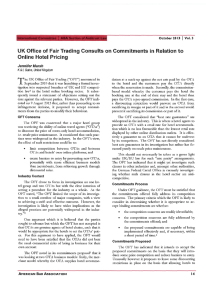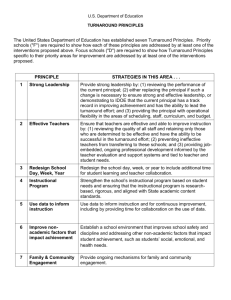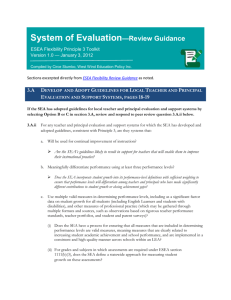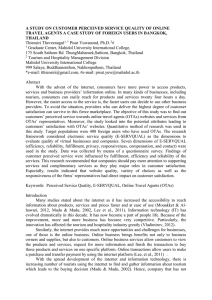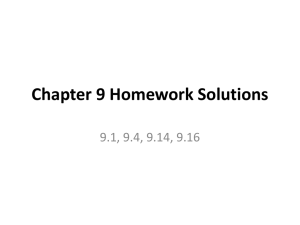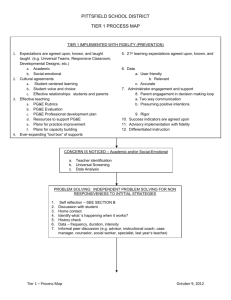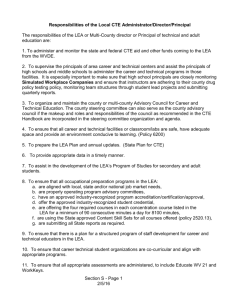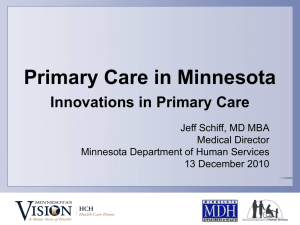Minnesota - Center on Innovation and Improvement
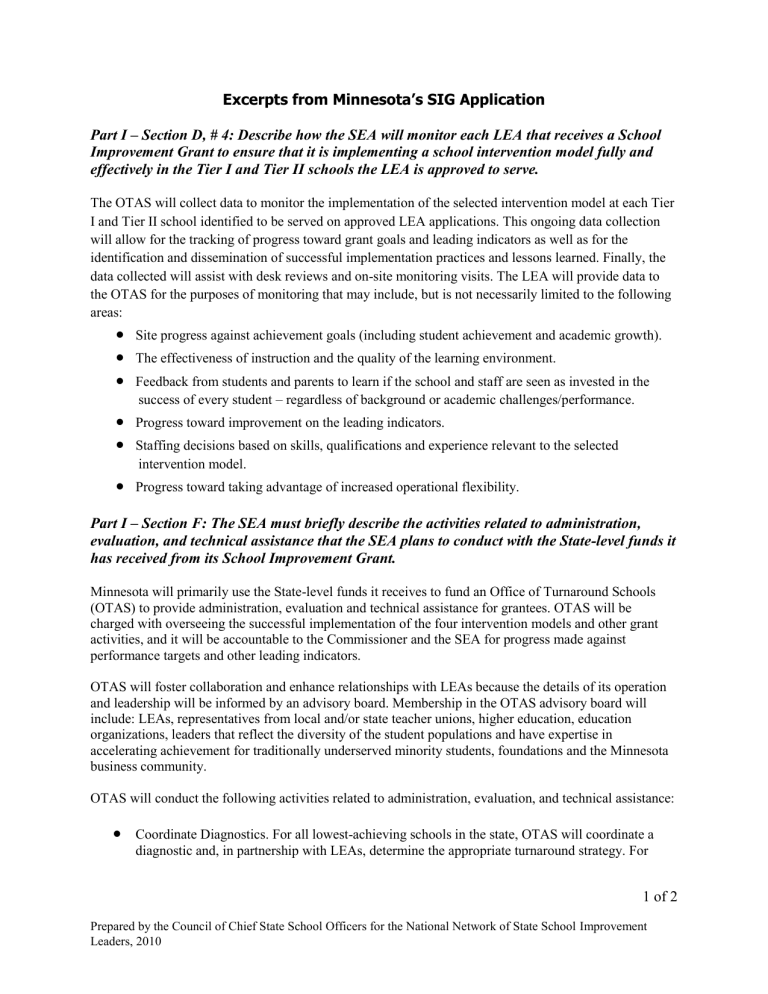
Excerpts from Minnesota’s SIG Application
Part I – Section D, # 4: Describe how the SEA will monitor each LEA that receives a School
Improvement Grant to ensure that it is implementing a school intervention model fully and effectively in the Tier I and Tier II schools the LEA is approved to serve.
The OTAS will collect data to monitor the implementation of the selected intervention model at each Tier
I and Tier II school identified to be served on approved LEA applications. This ongoing data collection will allow for the tracking of progress toward grant goals and leading indicators as well as for the identification and dissemination of successful implementation practices and lessons learned. Finally, the data collected will assist with desk reviews and on-site monitoring visits. The LEA will provide data to the OTAS for the purposes of monitoring that may include, but is not necessarily limited to the following areas:
Site progress against achievement goals (including student achievement and academic growth).
The effectiveness of instruction and the quality of the learning environment.
Feedback from students and parents to learn if the school and staff are seen as invested in the success of every student – regardless of background or academic challenges/performance.
Progress toward improvement on the leading indicators.
Staffing decisions based on skills, qualifications and experience relevant to the selected intervention model.
Progress toward taking advantage of increased operational flexibility.
Part I – Section F: The SEA must briefly describe the activities related to administration, evaluation, and technical assistance that the SEA plans to conduct with the State-level funds it has received from its School Improvement Grant.
Minnesota will primarily use the State-level funds it receives to fund an Office of Turnaround Schools
(OTAS) to provide administration, evaluation and technical assistance for grantees. OTAS will be charged with overseeing the successful implementation of the four intervention models and other grant activities, and it will be accountable to the Commissioner and the SEA for progress made against performance targets and other leading indicators.
OTAS will foster collaboration and enhance relationships with LEAs because the details of its operation and leadership will be informed by an advisory board. Membership in the OTAS advisory board will include: LEAs, representatives from local and/or state teacher unions, higher education, education organizations, leaders that reflect the diversity of the student populations and have expertise in accelerating achievement for traditionally underserved minority students, foundations and the Minnesota business community.
OTAS will conduct the following activities related to administration, evaluation, and technical assistance:
Coordinate Diagnostics. For all lowest-achieving schools in the state, OTAS will coordinate a diagnostic and, in partnership with LEAs, determine the appropriate turnaround strategy. For
1 of 2
Prepared by the Council of Chief State School Officers for the National Network of State School Improvement
Leaders, 2010
schools already in turnaround, the decision to continue or restart will be determined by OTAS in partnership with LEAs, depending on progress against goals, leading indicators and school needs.
Review third-party partners. OTAS will be responsible for ensuring that outside parties that assist in turnarounds have track records of success and can succeed in Minnesota. OTAS will manage the request for proposal and selection process for charter school authorizers, charter management organizations and education management organizations.
Principal selection. OTAS will play a role in selecting principals in all turnaround schools and may approve all final hiring decisions for all turnaround principals. Candidates will include highpotential principals and charter school directors with demonstrated effectiveness and (ideally) previous experience turning around schools, leading struggling schools to high performance, and generating high student progress on the Minnesota growth model.
Site-level hiring. OTAS will also approve the teacher hiring processes at the site level to ensure the process aligns with appropriate an intervention strategy as outlined in this notice. The goal will be to create a cadre of highly-effective teachers for each site, who will have high expectations for students, the ability to raise performance of low-achieving students, a high commitment to the turnaround and the ability to work collaboratively with other educators.
Principal development. OTAS will provide research expertise and work with the University of
Minnesota to develop curriculum and content for a special track in the Minnesota Principals
Academy for turnaround principals.
Teacher development. OTAS will provide guidance and recommended curriculum for professional development of teachers in turnaround schools, including cultural competency training, based on the demographic makeup of the turnaround site.
OTAS will collect data to monitor the implementation of the selected intervention model at each
Tier I and Tier II school identified to be served on approved LEA applications. This ongoing data collection will allow for the tracking of progress toward grant goals and leading indicators as well as for the identification and dissemination of successful implementation practices and lessons learned. Finally, the data collected will assist with desk reviews and on-site monitoring visits. The
LEA will provide data to OTAS for the purposes of monitoring that may include, but is not necessarily limited to the following areas: o
Site progress against achievement goals (including student achievement and academic growth). o
The effectiveness of teaching and the quality of the learning environment. o
Feedback from students and parents to learn if the school and staff are seen as invested in the success of every student – regardless of background or academic challenges/performance. o
Progress toward improvement on the leading indicators. o
Staffing decisions based on skills, qualifications and experience relevant to the selected intervention model. o
Progress toward taking advantage of increased operational flexibility.
2 of 2
Prepared by the Council of Chief State School Officers for the National Network of State School Improvement
Leaders, 2010
